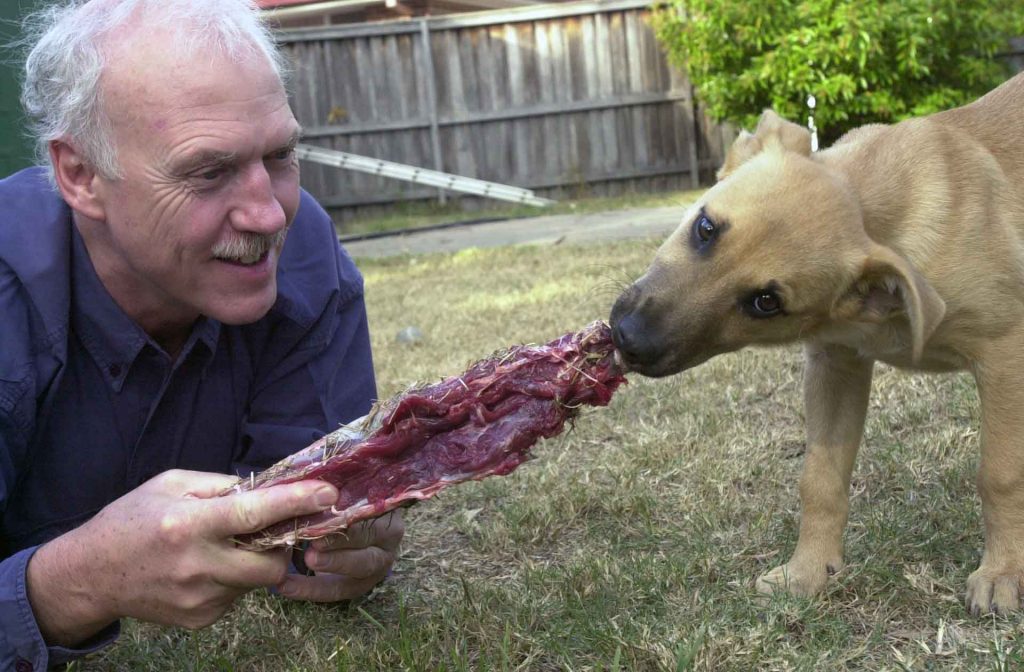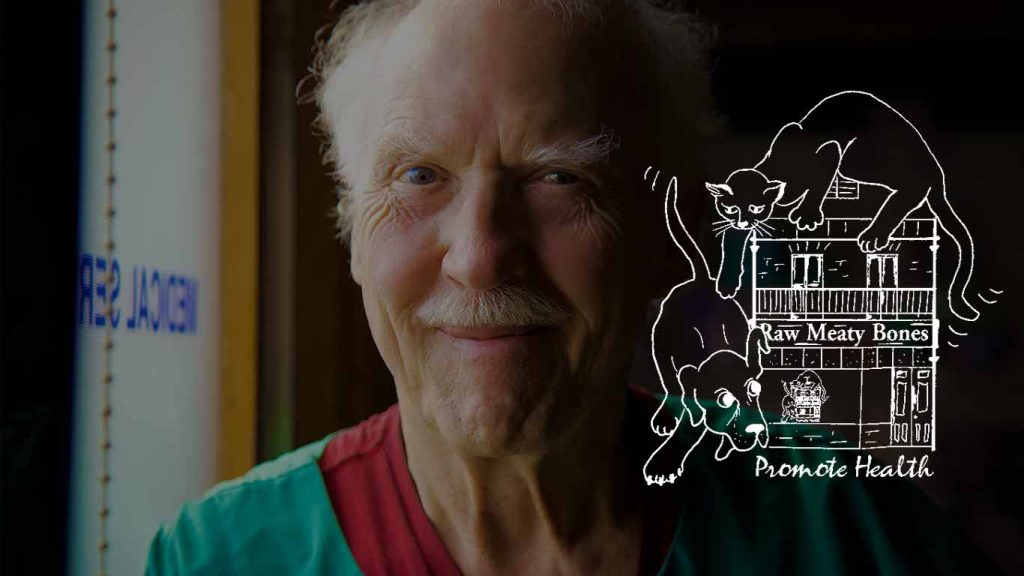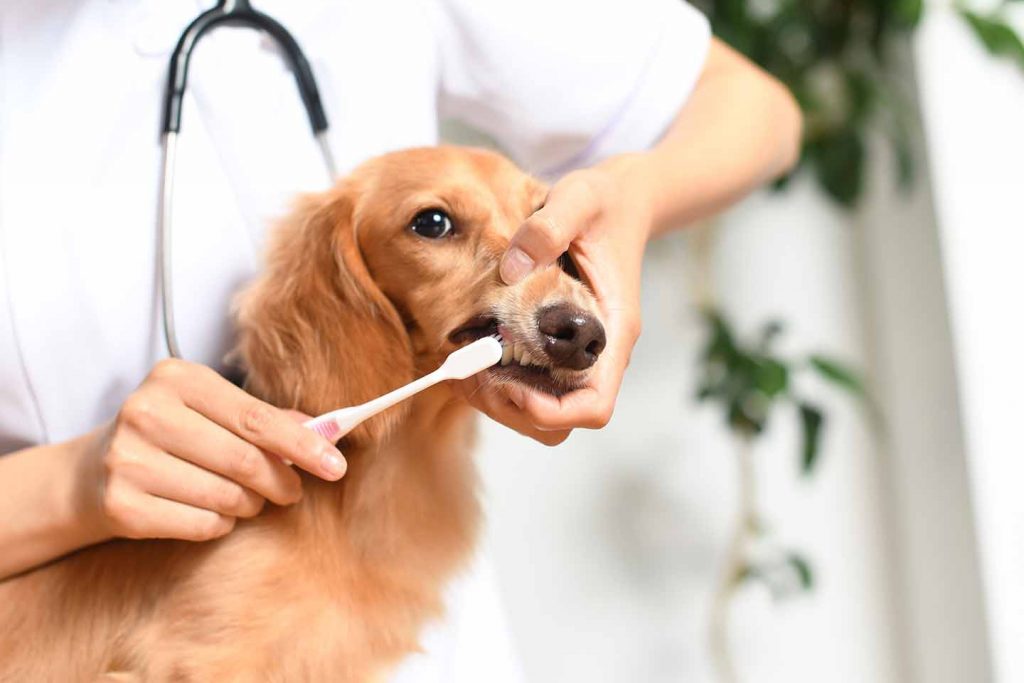This 2018 article commissioned by Dr Richard Malik of Sydney University, explains how raw meaty bones function as both food and medicine for your pet carnivore.
Raw meaty bones are easily the strongest, safest, most gentle, most effective medicine for all domestic carnivores. Raw meaty bones are the key that unlocks the carnivore code. Catching, killing and consuming raw meaty bones is for carnivores the sine qua non, the motivation for living. It’s their job. They take it seriously and building on genetic determinants and with practice become highly skilled at devouring the food/medicine combined.
Ideally, raw meaty bones come covered with fur, feathers and fins. But even in the butchered form, providing the bones are of a suitable size, then the medicinal benefits are adequate for most practical purposes.

Medicinal modes of action include:
- Feeding frenzy – release of endorphins/immune stimulation – therapeutic.
- Physical exercise – release of endorphins/immune stimulation – therapeutic.
- Tooth cleaning – preventative medicine – therapeutic.
- Stimulate gut enzymes/motility – therapeutic.
- Natural food contains intracellular enzymes and is thus pancreas-sparing – therapeutic.
- Probiotics, maintenance of the microbiome – therapeutic.
- Substrate conditioning of the colon environment leading to a healthy balance of bacteria – therapeutic.
- Behavioural conditioning (avoidance of stress/neurosis) – therapeutic.
- Natural array of biochemicals – nutrition in the commonly used sense and providing all the essential macro and micronutrients in the appropriate balance for optimal cellular growth, function and repair.
Clearly then, the medicine man, the vet, needs to have a good grasp of the biology, ecology, ethology, physiology and pharmacology of this most important carnvivore medicine. And as with all medicines it’s essential to be up to speed with procurment, storage, handling and administration.
Therapeutic risk management
All medicines come with inherent risks. Raw meaty bones are no exception – although happily if one keeps as close as possible to Nature’s way of delivering the medicine then benefits are optimal and adverse effects minimal.
Eighteen years ago, when writing Raw Meaty Bones: Promote Health, I asked my contacts in two UK zoos to tell how captive wild carnivores deal with their food/ medicine. See below.
Once one begins to think biologically it’s easy to see that dry, virtually meatless bones are not a suitable medicine. A bored dog locked in solitary confinement may choose to chomp down on a lamb shank producing a potential foreign body. Or as is the case with femurs and bones cut lengthwise to expose the marrow, teeth, especially carnassials, get broken. And of course, cutting up the bones into small pieces only serves to increase the hazards and reduce the essential medicinal benefits of ripping and tearing.
In summary, raw meaty bones are not an adjunct – they are the essential food and medicine for all carnivores from the time they cut their first teeth at three weeks of age. Nature does not apply labels; Nature does not differentiate between food and medicine. It’s past time that the veterinary profession got up to speed.
For the future
As well as exploring this site, www.thepetfoodcon.com, Please visit my archival site: rawmeatybones.com. Check out the articles and view the TV segments and videos.
Back in 1993 Dr Douglas Bryden, Director of the CVE, made a short courtesy call. We satisfied his most searching questions, whereupon he commissioned the raw meaty bones preventative dentistry chapter: rawmeatybones.com/PrevDent.html
If, as a profession, we pull together we can revitalise vet medicine; we can create an innovative pet-food/medicine industry providing health and well-being for pets, pet owners and the wider community. Most certainly we should try.
Diets of zoo species of similar weight to domestic cats and dogs
Rusty-spotted Cat (India, Sri Lanka – 2 kg)
Mouse: eaten completely. Very occasionally stomach left.
Rat: stomach, colon and tail not eaten. Occasionally the liver is also left.
Day-old chick: wing tips and feet uneaten. Gizzard occasionally left.
They have not been observed eating faeces, either theirs or that of other animals. Grass is regularly eaten. Some animals are known to do this daily. (Evidence in faeces samples and grass vomit.)
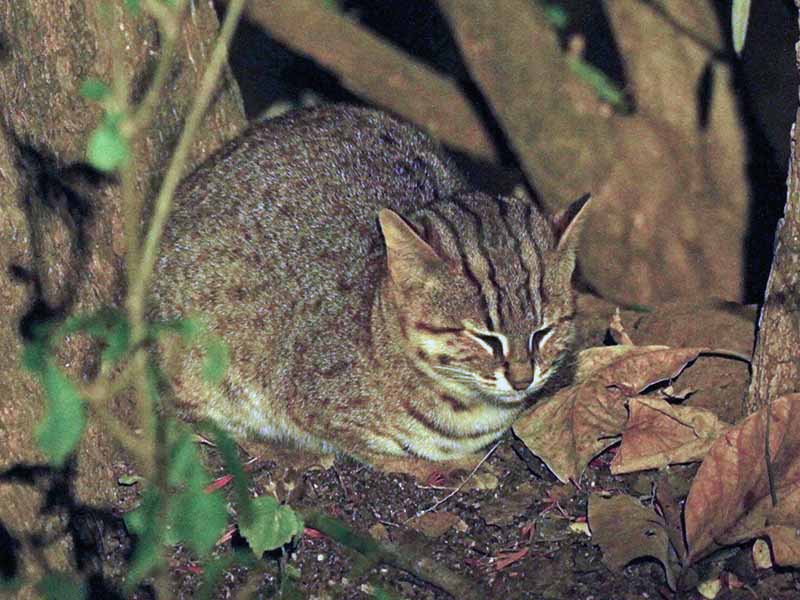
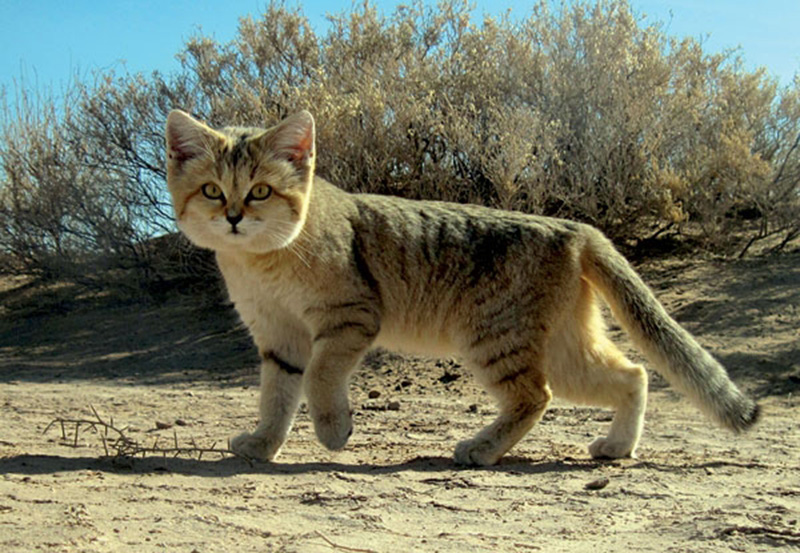
Desert Cat (Pakistan, India – 4 kg)
Fish: everything eaten except sperm sac and roe. Occasionally heads left.
Day-old chick: gizzard, wing tips and feet are occasionally uneaten.
Mouse: eaten completely.
Rat: stomach, colon and tail not eaten. Occasionally the liver is also left.
Pigeon: all internal organs, feet and wing tips left. Plucked before eaten.
Quail: eaten completely after first being plucked. Caecum sometimes left.
Guinea pig: plucked. Colon left. Occasionally the pelt is turned inside out and left.
They have not been observed eating faeces, either theirs or that of other animals. Grass is occasionally eaten.
Timber Wolf (Canada, USA – 33 kg)
Calf, horse, deer, goat
Carcass opened at groin, liver and heart eaten, lungs often left. The rumen is usually dragged across the enclosure; when this ruptures the contents are left where they lie. The colon, once dragged from the carcass, is usually left. The contents of the rumen are frequently rolled on by all members of the pack. The hide is turned inside out and left. Fur is not eaten. Horns are left although antlers are chewed and partially eaten. Hooves are eaten but only if from the carcass of a young animal. Bones from a young animal are mostly eaten, the exception being the larger bones. Bones from a larger animal are generally chewed on the ends.
Particularly strong smelling male goats are avoided by most animals.
Rabbit sometimes eaten completely, at other times the pelt is left.
Fish eaten completely. Often rolled on.
Chicken preferred when feathers removed.
Carcass turned inside out to get at flesh. They have not been observed eating grass or faeces, either theirs or that of another animal.
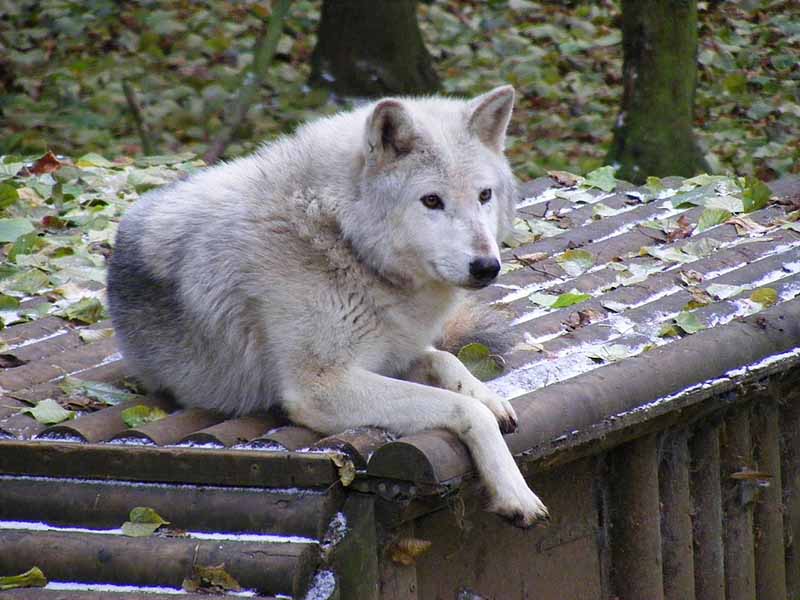
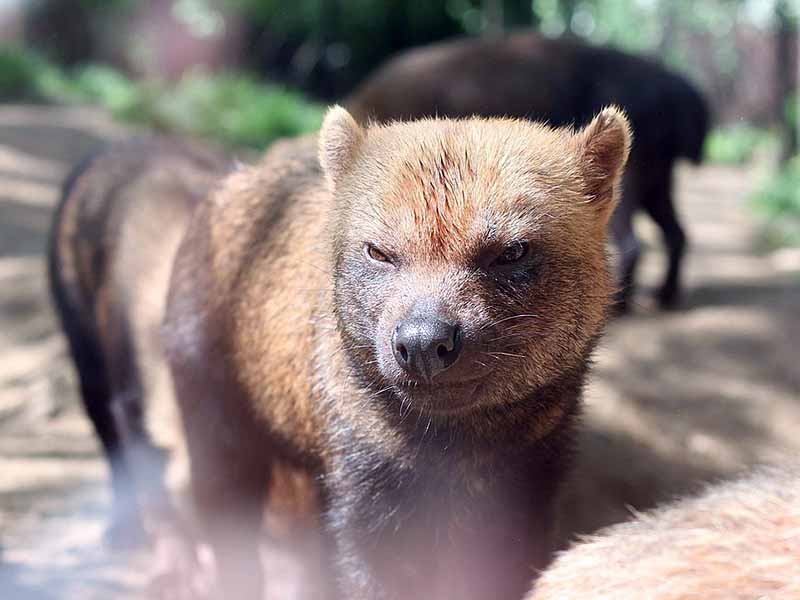
Bush Dog (South America – 6 kg)
Chicken: eaten completely. Gizzard and colon occasionally left.
Rabbit: eaten completely.
Quail: eaten completely.
Rats: eaten completely. Fish Eaten completely.
Pigeon: eaten completely. Wing tips, gizzard and colon occasionally left.
Fruit: Bananas, pears and grapes offered. Small amounts eaten.
Antlers: antlers in velvet (during the annual growth phase) mostly eaten, hardened antlers partially eaten. Grass often eaten.

